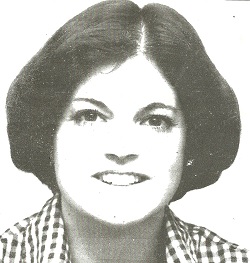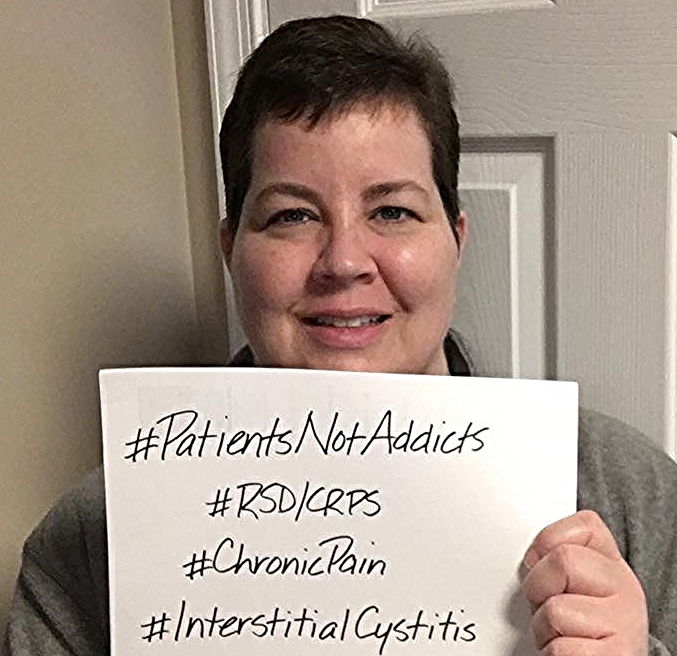Benzodiazepines Get Positive Reviews on Twitter
/By Pat Anson
Benzodiazepines have gotten a bad reputation over the last few years. The anti-anxiety medications were once commonly prescribed to pain patients, until fears rose that Valium, Xanax and other benzodiazepines could lead to an overdose when taken with opioid medication.
In 2016, the FDA warned of a “public health crisis” because overdose deaths involving opioids and benzodiazepines had nearly tripled. That was followed in 2020 by updated FDA warning labels that strongly cautioned patients and doctors about the risks of benzodiazepine abuse, addiction and dependence.
It turns those public health messages have fallen flat, because many patients have entirely different attitudes about benzodiazepines. In an unusual study of social media posts on Twitter (now known as “X”), researchers found that over half the tweets praised how effective benzodiazepines are, with minimal discussion of their side effects.
“Social media platforms offer valuable insights into users’ experiences and opinions regarding medications. Notably, the sentiment towards benzodiazepines is predominantly positive, with users viewing them as effective while rarely mentioning side effects,” wrote lead author Óscar Fraile-Martínez, an academic researcher at the University of Alcalá in Spain.
Fraile-Martínez and his colleagues analyzed over 11,600 English-language tweets that mentioned benzodiazepines in 2019 or 2020. Zolpidem (Ambien), lorazepam (Ativan), and clonazepam (Klonopin) were the most frequently discussed medications.
Over half the tweets (57%) were posted by patients or their relatives, while healthcare professionals authored less than 1% of them. The remaining tweets were posted by other users who couldn’t be classified.
The study findings, published in BMC Psychiatry, show that only about 5% of the tweets discussed adverse side effects from benzodiazepines, such as daytime sleepiness, impaired cognitive functioning, memory problems, reduced mobility, and increased risk of falls and fractures.
Notably, a significant percentage of patients reported combining benzodiazepines with other psychiatric drugs, or with alcohol and other addictive substances. Yet there was hardly any discussion of overdoses, dependence or withdrawal.
Researchers say the minimal discussion of side effects may be due to the nature of social media, where posts tend to be shorter and provide little detailed medical information.
“The predominance of positive mentions about benzodiazepines’ efficacy on Twitter could be due to several factors. Users may share personal experiences that highlight immediate relief from anxiety and insomnia, which are the primary benefits of these medications. This focus on short-term effectiveness may occur because individuals seek validation and support for their experiences or advice on similar issues, thus emphasizing positive outcomes,” wrote Fraile-Martínez.
So who is right? Twitter users with positive views about benzodiazepines or public health experts who think the medications are potentially dangerous?
The researchers in this study took the latter view. They say their findings show “an alarming minimization” of the risks associated with benzodiazepines and called for expanded efforts to educate physicians, patients, and families about their use.
Doctors who heed that advice may want to think twice about tapering patients on long-term benzodiazepine treatment. A recent study found that cutting off or rapidly tapering patients on benzodiazepines nearly doubles their risk of dying within a year. Deaths from suicide, accidents and other causes rose for patients after benzodiazepines were discontinued.










